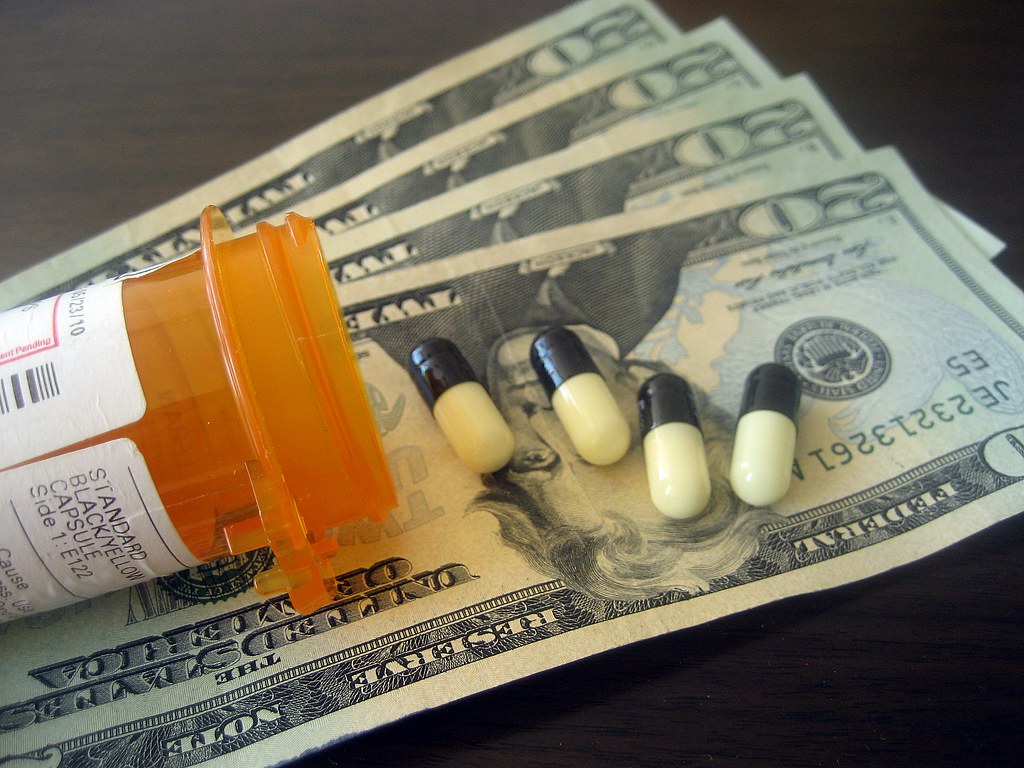 Environmental & Science Education
Environmental & Science EducationSTEM
Health
Medicine
Edward Hessler
How might a bird see drug research and development? Details would come into view that are presently obscured.
Spencer Phillips, writing for STAT, notes that "statistics about waste are illuminating, and the suggestions offered for improvement are reasonable, they present a very high-level picture of the research and development enterprise — what might be called the 30,000-foot view. But there may be important patterns or properties of the research enterprise that can be seen only by zooming out and adopting something more like a bird’s-eye view."
Phillips analyzed (this seems a tour de force to me) "all of the registered clinical trials from 10 large — AbbVie, Bayer, Gilead, GSK, Johnson & Johnson, Merck, Novartis, Pfizer, Roche, and Sanofi — over (the) past 20 years or so." What this translates into is a giant graph based on 13,749 trials including some 6 million patients. Phillips provides two ways to see and interact with it: a dedicated website and a video. I include the link to the dedicated website which includes directions for using it.
The original article in STAT provides a guide to the graph. Nodes correspond to a registered trial and if you click on a node it opens the trial's registration page. Trials are organized from oldest to newest on the x-axis; the y-axis organizes by patient population or disease. The node colors refer to companies. Node circles are completed studies. Node triangles are recruiting studies. Studies that have been terminated have an "X" through them. Node size represents the number of patients enrolled.
If anything you are likely to be struck by the sheer volume and quantity of the studies. You may have to remind yourself that this is for 10 companies, not all of them. It is too bad costs of these trials are not available which is in the millions. Phillips raises some interesting questions about, e.g., company activity, distribution of effort, differences in trial size, gaps in trial activity, reasons why some trials were stopped. He observes that answering these kinds of questions could lead to efficiencies in the clinical trial enterprise.
Another thing that strikes Phillips are questions such a graph raises about power, i.e., "the power and responsibility to intervene and intervene to alter the patterns." Those with little power include patients, clinical investigators, researchers. Those with power include funders, governmental regulators, big pharma, and investors.
Phillips notes that "every node in this figure--should be ethically justified by an assumption that it will offset its social costs and the burdens it imposes on the research subjects by producing valuable gains in scientific knowledge." Why do these trials make sense in the research and development landscape? Are the recruiting studies the right ones? The visualization makes these quuestions much more explicit?
Spencer Phillips is at the Harvard Center for Biothics and Brigham and the Program on Regulation, Therapeutic, and Law at Brigham and Woman's Hospital (Boston).

 CGEE Student Voice
CGEE Student Voice
No comments:
Post a Comment